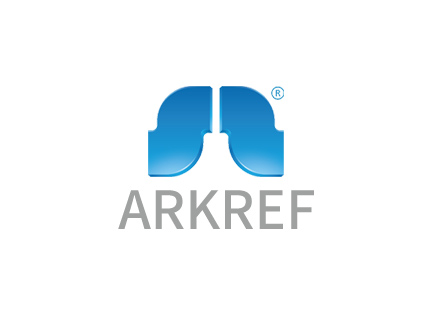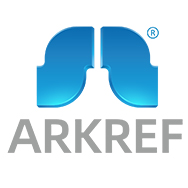Top 5 Tips for Choosing a Display Walk In Chiller
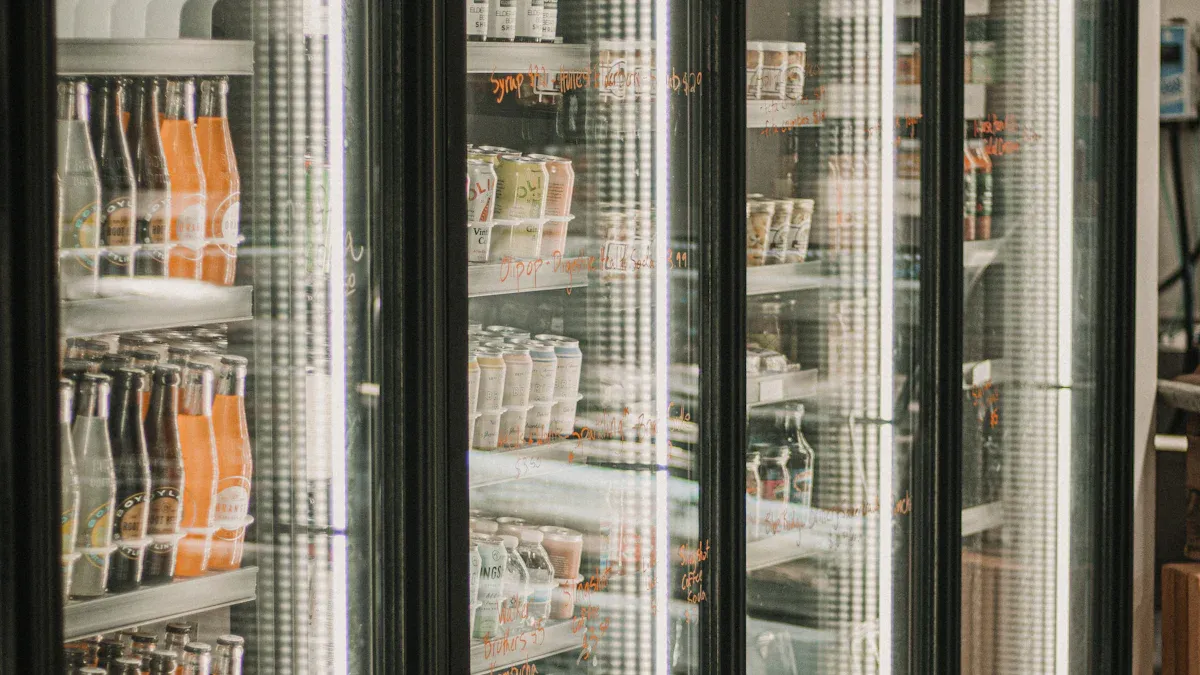
A display walk-in chiller is essential for keeping products fresh and visually appealing. Selecting the right display walk-in chiller ensures your business operates efficiently and stores items effectively. Whether you run a grocery store, restaurant, or café, investing in a durable and high-performing chiller is crucial. Understanding what features to look for will help you choose a display walk-in chiller that supports your business and satisfies your customers.
Key Takeaways
Pick a walk-in chiller that uses less energy to save money and protect the planet.
Check your space size before buying to make sure it fits and holds what you need.
Get a strong chiller made with rust-proof materials to last longer and need fewer repairs.
Think about saving money later by spending on a good-quality cooler now.
Find sellers who give helpful support and maintenance plans to keep your cooler working well.
Energy Efficiency in a Display Walk In Chiller
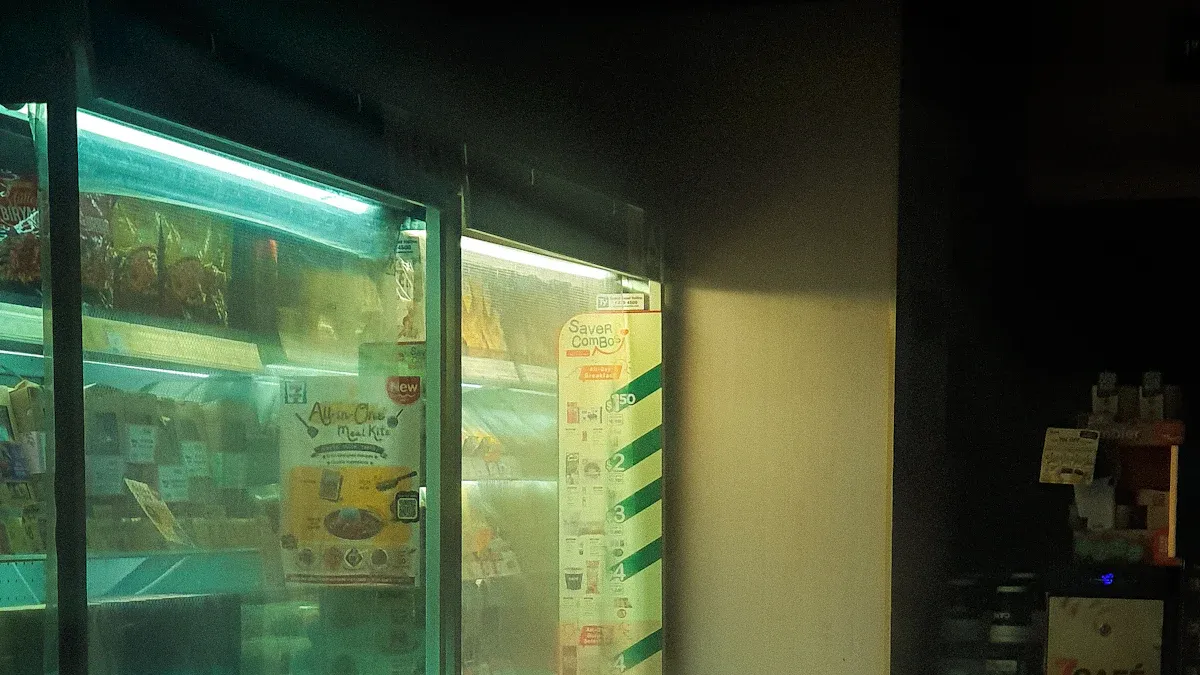
Why Energy Efficiency Matters
Energy efficiency is key for a walk-in cooler's performance. Efficient systems use less electricity, cutting down costs. This is crucial for businesses like restaurants or stores running coolers all day. An energy-efficient cooler also helps the environment by wasting less energy. Picking a chiller with good efficiency saves money and meets eco-friendly goals.
Checking Energy Ratings and Labels
Always check energy ratings when choosing a walk-in cooler. Look for labels like ENERGY STAR to find energy-saving models. These ratings make it simple to compare different coolers. Good insulation and temperature controls also lower energy use. Comparing energy ratings helps you pick the best cooler for your budget and needs.
Features That Save Energy
Some cooler features can boost energy savings a lot. Strong insulation keeps the inside cool and reduces system work. LED lights use less power than regular bulbs. Smart temperature controls keep cooling steady and efficient. Choosing these features will save money and ensure your cooler works well for years.
Picking the Right Size for Your Walk-In Cooler
Understanding Your Storage Needs
Start by knowing what you need to store. Think about the items and how much space they take up. For example, a restaurant needs more space for meat and produce. A café might only need space for drinks. Write down what you’ll refrigerate and guess their size. This helps you pick a cooler that fits your needs without wasting energy or space.
Measuring Space for Cooler Setup
Measure the area where the cooler will go. Use a tape measure to check height, width, and depth. Look at nearby doors, ceilings, and vents too. Good measurements stop problems during setup and make sure it fits well. If you’re not sure, ask an expert to help measure the space.
Planning for Business Growth
Think about how your business might grow. You may need more storage later. Choose a cooler with shelves you can adjust or add to. Planning ahead saves money and avoids needing a bigger cooler later. Tools like forecasting can help you plan for future needs. By preparing now, your cooler will work for years as your business grows.
Durability and Build Quality in a Commercial Walk-In
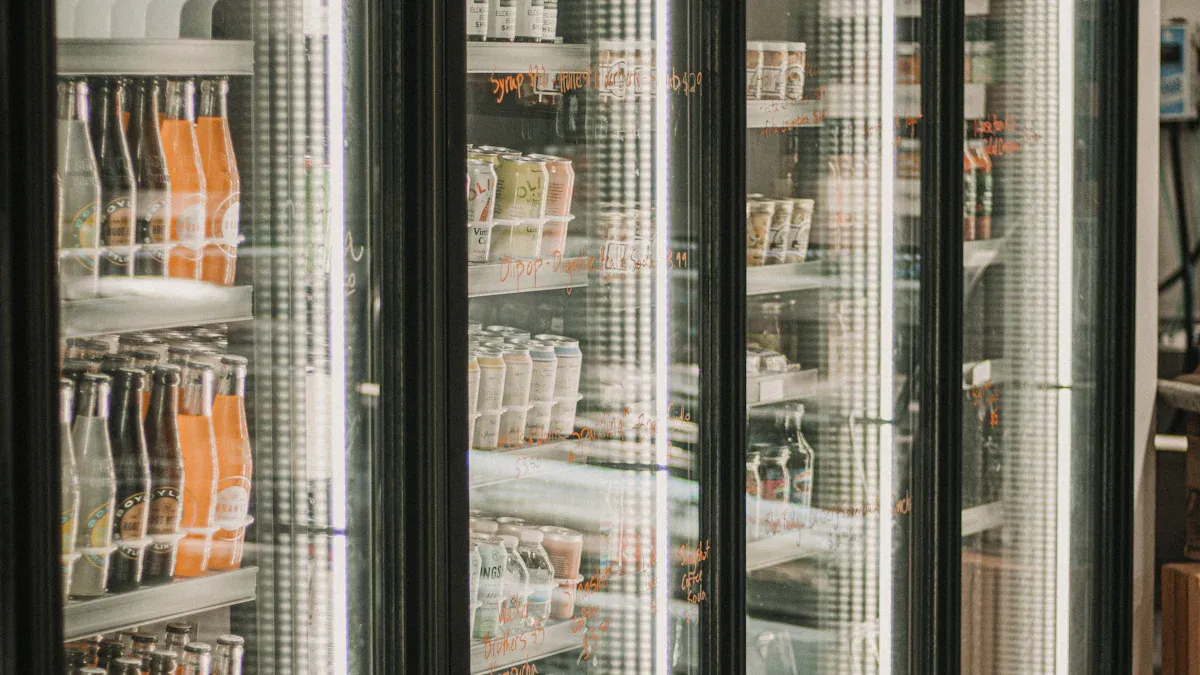
Why Rust and Corrosion Resistance Matters
Rust and corrosion can shorten your walk-in's life. Materials near moisture, chemicals, or temperature changes can get damaged. Picking rust-resistant materials helps your walk-in last longer. For example, aluminum with special coatings resists corrosion well. These coatings make it stronger, perfect for humid or chemical-heavy places.
Key Points | Description |
|---|---|
Importance of Coatings | Special coatings protect aluminum from rust and damage. |
Environmental Challenges | Moisture and temperature changes cause faster corrosion. |
Industry Applications | Aluminum is used in cars and airplanes for its strength. |
Using rust-proof materials saves money on repairs and keeps products safe.
Features That Make Walk-Ins Last Longer
Good construction makes a walk-in durable. Panels are key for keeping the cold inside. They also lower energy use and protect stored goods. Strong panels reduce wear and last longer. Look for features like tough doors, sturdy hinges, and thick insulation. These stop damage and keep temperatures steady.
Durable panels: Seal tightly to save energy and keep items fresh.
Reinforced doors: Handle heavy use without breaking or bending.
Strong insulation: Keeps the inside cool and cuts energy costs.
Adding these features makes your walk-in reliable and cost-saving.
Picking a Trustworthy Manufacturer
The maker of your walk-in matters a lot. A good manufacturer gives quality products, support, and warranties. Start by checking reviews, certifications, and standards.
Stage | Description |
|---|---|
List your needs and research the best companies. | |
Collection | Gather details about prices, quality, and certifications. |
Analysis | Compare options to find the best match for your needs. |
Implementation | Make deals based on your research findings. |
Monitoring | Check the manufacturer’s work to ensure they meet your needs. |
Choosing a trusted manufacturer gives you a durable walk-in that fits your business.
Balancing Cost and Budget for a Walk In Cooler
Upfront Costs vs. Long-Term Savings
Buying a walk-in cooler can feel expensive at first. But focusing only on the price now might cost more later. Spending more on a high-quality display walk-in chiller is worth it. Features like energy-saving insulation and smart controls save money over time. These features use less energy and need fewer repairs. Paying a bit more upfront can save a lot in the future. It’s a smarter choice for your business.
Understanding Operational and Maintenance Costs
Running and fixing a cooler costs money over time. Coolers with strong parts need fewer repairs. Predictive maintenance can lower repair costs by 10-25%. Saving energy can also save businesses millions each year. The table below shows how costs are affected:
Evidence Type | Description | Impact on Costs |
|---|---|---|
Direct cost savings | Uses less energy and reduces repair needs | Saves money |
Predictive maintenance | Cuts repair costs by 10-25% | Lowers total expenses |
Energy optimization | Reduces running costs | |
Unplanned downtime | Downtime costs $260,000 per hour | Shows big cost risks |
Knowing these costs helps you pick the right cooler. Choosing an energy-efficient cooler means fewer problems and lower costs.
Evaluating Warranty and Financing Options
A good warranty and payment plan help with cooler costs. Warranties cover repairs or replacements for a set time. Look for warranties that include doors, insulation, and cooling systems. Payment plans let you pay over time, making it easier to afford. Many suppliers offer flexible financing to fit your budget.
Tip: Compare warranties and payment plans from different companies. This helps you find the best deal for your money.
Maintenance and Support for Your Walk-In Cooler
Why Easy Maintenance and Cleaning Matter
Keeping your walk-in cooler clean helps it work better and last longer. Regular cleaning stops dirt, mold, and bacteria from building up. This keeps food safe and fresh. Pick a cooler with smooth surfaces and shelves you can remove. These features make cleaning quicker and easier.
Doing regular maintenance prevents sudden breakdowns. Check seals, hinges, and cooling systems often. Fixing small problems early avoids expensive repairs later. A clean and well-maintained cooler protects your food and reduces downtime.
Tip: Make a cleaning plan and follow it. This keeps your cooler in great shape and meets health rules.
Quick Repairs and Replacement Parts
When your cooler breaks, fixing it fast is important. Delays can spoil food and cost money. Choose a supplier with plenty of replacement parts ready. This helps you fix problems quickly and keep your business running.
Good repair services are also important. Find repair teams with experience in commercial coolers. They should respond fast and know how to fix your cooler’s features.
Per Year | Per Quarter | Per 30 Days | |
|---|---|---|---|
99% | 3.65 days | 21.6 hours | 7.2 hours |
99.9% | 8.76 hours | 2.16 hours | 43.2 minutes |
99.99% | 52.6 minutes | 12.96 minutes | 4.32 minutes |
The table shows how reliability affects downtime. Higher reliability means less downtime, so your cooler stays working when needed.
Customer Support and Service Plans
Good customer support gives you peace of mind. A service plan can include regular maintenance, emergency fixes, and cooler setup. This keeps your cooler at the right temperature and working well for your business.
Look for suppliers with 24/7 support. This ensures help is always available when you need it. Some service plans also monitor your cooler’s performance. They find problems early, saving you money on big repairs.
Note: Custom service plans let you choose what you need. This way, you only pay for the services that fit your business.
Picking the best display walk-in chiller needs focus on five things: energy use, size, strength, price, and upkeep. These parts are important to make sure the chiller fits your business. Think about what works for your space and ask experts to install it right. A good chiller helps your business run better and saves money over time. Spending smart now keeps your products fresh and your business running well for years.
FAQ
What is the best temperature for a display walk-in chiller?
The right temperature depends on what you store inside. Most foods stay fresh between 35°F and 38°F. Always check food labels to keep items safe and fresh.
How often should you clean a walk-in chiller?
Clean your chiller at least once every month. Focus on cleaning shelves, floors, and door seals. Regular cleaning stops bacteria and helps the chiller work better.
Can you change the size of a walk-in chiller?
Yes, many companies let you customize chillers. You can change the size, shelves, and features to match your needs. Measure your space carefully before ordering one.
How long does a walk-in chiller usually last?
A chiller can last 10 to 15 years with good care. Cleaning, fixing small issues, and regular maintenance make it last longer and work better.
What should you do if your walk-in chiller stops cooling?
Check the thermostat, door seals, and power cord first. If it still doesn’t work, call a repair expert quickly. Acting fast saves food and lowers repair costs.
See Also
Maximizing Efficiency in Your Walk-In Chiller System
A Complete Guide to Selecting the Best Walk-In Cooler
Tips for Choosing the Right Walk-In Cold Storage Room
Guidelines for Choosing Industrial Water Chiller Units Effectively
